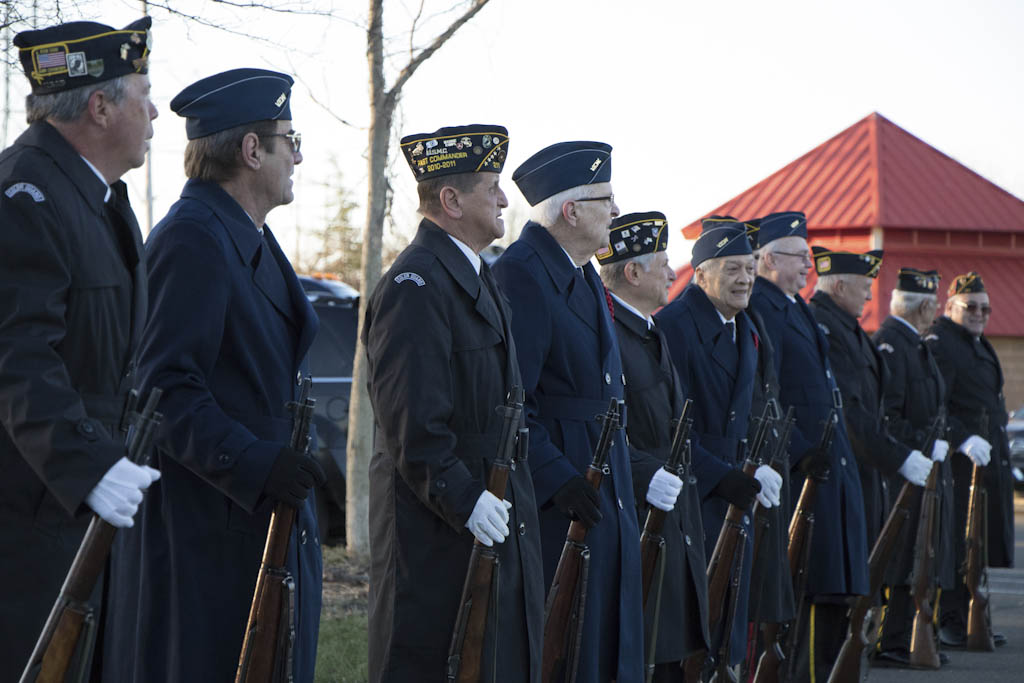By Sebastian Rizzo
This Dec. 7 will mark the 80th anniversary of the Japanese attack on Pearl Harbor – as President Franklin D. Roosevelt so stirringly put it, “a date which will live in infamy.”
Just 11 days before the bombings, Secretary of State Cordell Hull had sent the Japanese his suggestions for a peaceful settlement covering the entire Pacific area. The cunning raid demonstrated that the Japanese had only been talking peace to stall while they secretly set up their attack. When the Japanese envoy arrived at Hull’s office, he didn’t mince words, calling it, “The damndest pack of lies,” and telling them, “In all my 50 years of public service I have never seen a document that was more crowded with infamous falsehoods and distortions—infamous falsehoods and distortions on a scale so huge that I never imagined any government on this planet was capable of uttering them.”
The following day, people learned that Guam, Borneo, the Malayan coast, Philippines and Singapore had been hit by Japanese bombing raids as well.
Anxiety spiked. Would the Japanese invade the Hawaiian Islands? Would Japan attacked us from the west while Germany attacked from the east?
Mayor Fiorello LaGuardia in New York City inaugurated a series of leaflets to be distributed at banks, department stores, large businesses and civilian gathering places, which would instruct people what to do “If it begins.”
The entire West Coast was put on war footing with military personnel and civilians working through the night putting emergency measures in place. Los Angeles Harbor area was on high alert. Anti-submarine netting was spread across the entrance to the San Diego fleet base. Taxicabs gave free rides to soldiers, sailors and Marines on leave who rushed back to their posts.
In the Puget Sound Navy Yard area, private planes were grounded, private boats were ordered to remain at anchor, and warnings were issued that any planes flying over the area would be shot down.
Men overwhelmed military recruiting offices across the nation signing on for the duration of the war. Women took nursing courses and ferried planes.
In New Jersey towns as elsewhere in the country, people worked defense plants or volunteered their time to the Red Cross, first aid, firefighting, sewing or knitting garments for hospital or refugee use, rolling hospital bandages, air raid warden, air observer, nursing and nurses’ aides, transporting supplies, and guarding potential targets like railroad bridges and harbors.
School children wrote letters to G.I.s and practiced lining up in hallways in case of an air raid.
People accepted the sacrifices of rationed items like gasoline. Victory gardens sprung up in many yards to help families cope with food shortages.
We are grateful to the men and women who served in the military. We should also remember how people did what they could to help the war effort.
We now know the outcome, but at the time those who watched newsreels of the thick black smoke billowing from the ships at anchor, the soldiers, sailors and Marines fighting back, and the crews and medical personnel desperately trying to rescue sailors and save lives, feared what might come next.
The Madison-Old Bridge Township Historical Society is archiving people’s recollections of the attack and what it was like living through the war years. Here are some highlights:
Eleven-year-old Frank Zahn was watching “Dive Bomber” starring Errol Flynn and Fred MacMurray at the Matawan Theatre when the movie was interrupted at 1:30 p.m. to announce that Pearl Harbor had been attacked. His friend and future brother-in-law Arnold “Brownie” Lauer didn’t hesitate, rounding up five of his buddies at the Hoffman Drug store in Laurence Harbor to join the Marines with him.
Dot Hauser remembers the grave faces of her parents as news of the bombing came on the radio at around 5 p.m. During the war, produce was in short supply, so her father drove his farm goods to local neighborhoods to sell to people.
Joan George can still remember the blackout curtains in their Brooklyn, New York, home and how scared she and her sister were those nights when the sirens sounded and their dad, a volunteer air raid warden, suited up and went out.
Barbara Cannon remembers how her grandmother cried when Roosevelt died and how the campus of St. Thomas College near her home in St. Paul, Minnesota was filled with hundreds of Quonset huts to temporarily house returning G.I.s.
If you have memories to share and would like to participate, contact the Madison-Old Bridge Township Historical Society at [email protected], or 732-566-2108, or contact Sam Rizzo at [email protected].
Sebastian Rizzo is a member of the Madison-Old Bridge Township Historical Society. He occasionally writes the “Living History” column for Newspaper Media Group. The historical society invites readers to share memories of Old Bridge for its newsletter. Send stories to [email protected] or mail to 4216 Route 516, Matawan 07747-7032. For more information, visit www.thomas-warne-museum.com.

